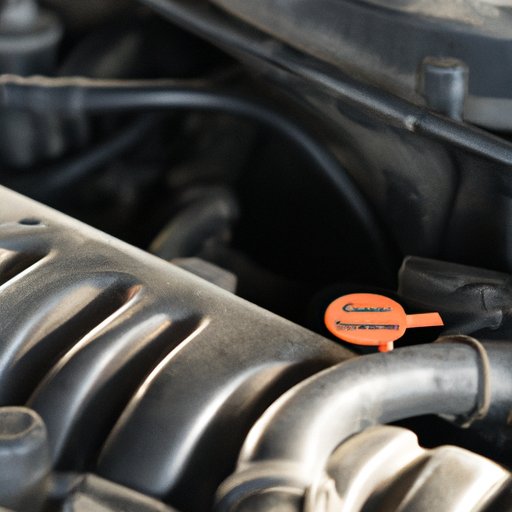Why Did My Check Engine Light Come On?
If your car has a Check Engine Light, or CEL, it can be a clear sign that there’s an issue with the vehicle that requires attention. While sometimes it’s nothing more than a temporary issue that can be fixed without too much trouble, in other cases it signals a more severe underlying problem that needs to be addressed immediately. In this article, we’ll explore some of the common causes of a Check Engine Light and what to do about it.
Causes and Solutions
There are many reasons why a Check Engine Light might come on. Some of the most common reasons include a faulty oxygen sensor, loose gas cap, or catalytic converter problems. Other possible issues may include problems with the engine itself or the transmission. Each of these problems needs to be addressed as soon as possible to prevent further damage to your car.
If you notice the CEL come on, it’s crucial not to ignore it. To help identify its root cause, you can try using an OBD-II scanner on your car’s diagnostic port. A code will be shown on the device that you can then input online to discover the issue. Alternatively, you can take your car to a trusted mechanic who will be able to diagnose the issue and provide the best possible solution.
Faulty Oxygen Sensor
A faulty oxygen sensor can cause your car to have poorer fuel economy. Getting this fixed is essential since it can save you money on gas in the long run. Depending on what car you have and where you live, an oxygen sensor can either be relatively affordable to repair or extremely costly.
Loose Gas Cap
A loose gas cap can also cause the CEL to come on. The solution for this issue is simple enough – ensure the cap is tight enough to prevent escaping gases, and the light should go out on its own.
Catalytic Converter Issues
The catalytic converter helps to reduce the pollutants emitted by cars. If it fails to work as usual, the CEL will come on. A failed catalytic converter needs to be diagnosed and replaced by a qualified mechanic.
DIY Troubleshooting Guide
If you’re someone who likes to take care of their car, you can try troubleshooting the issue yourself – it may save you some money. Using an OBD-II scanner, you can check the codes yourself and investigate further. Checking the gas cap is a good first step, as it’s a common cause of a Check Engine Light. Ensure that it’s firmly tightened to prevent gases from escaping. You can also look for any visible damage, such as leaks or frays, and check your battery and alternator for any issues.
Expert Insights
For expert advice and tips on how to address CEL issues, it’s a great idea to consult with a car expert or a reputable mechanic. They can offer professional insight and guidance for all problems related to cars. For example, they may be able to offer their opinions on which parts require replacements and recommend the best course of action to prevent any future issues.
Personal Stories
It can be helpful to learn from the experiences of others who have had to deal with the CEL issue themselves. Some common themes include drivers waiting to take action, leading to further problems, or getting an expensive and involved repair that may have been preventable. It’s imperative to act swiftly once the Check Engine Light comes on to minimize the damage and cost. Reaching out to your online communities can provide a wealth of information from people who have gone through it themselves.
Prevention Tips
As with all things mechanical, the best way to prevent issues with your car’s engine is through regular maintenance and check-ups. Frequent oil changes, maintaining tire pressure, and ensuring that all engine parts are replaced with high-quality components are just a few of the things that can be done to minimize the chances of tricky engine problems like this from happening in your car.
Conclusion
A Check Engine Light is never something to ignore. It’s vital to make an appointment with your trusted mechanic as soon as possible to diagnose the problem and provide the best possible solution. With this article, we hope you have a better understanding of why your Check Engine Light might turn on and how to address it. Remember to take care of your car, and it will take care of you.
